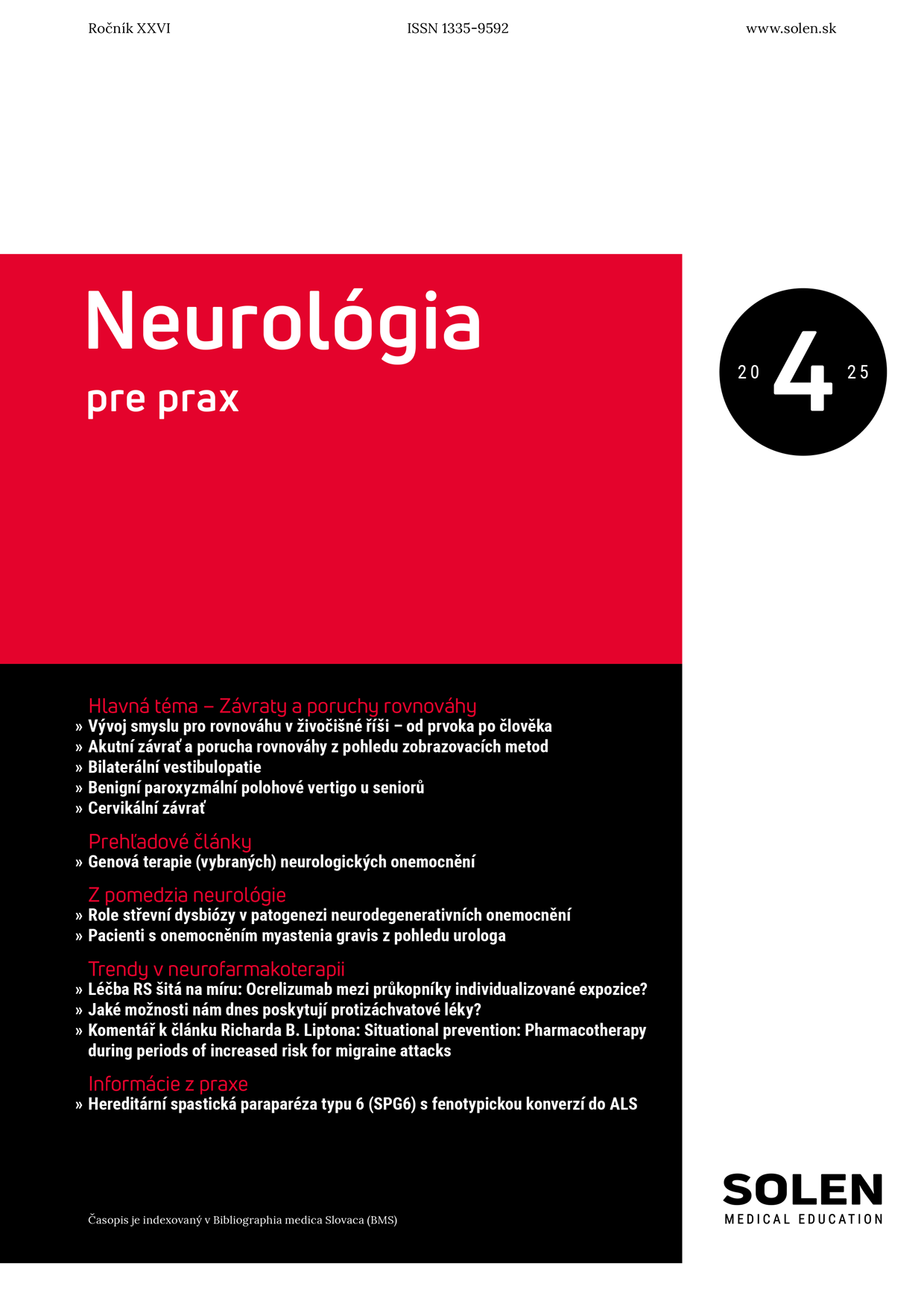Via practica 1/2022
Prevention of venous thromboembolism in high-risk medical patients: is everything clear to us today?
Venous thromboembolism (VTE) is a serious disease that often occurs asymptomatically. Its most serious complication is sudden death due to a pulmonary embolism. The risk increases with age and due to some comorbidities. Most VTE events occur in hospitalized acute medical patients. Individuals who require thromboprophylaxis can be identified using VTE risk assessment models. Low molecular weight heparins or fondaparinux are effective and safe in acute medical patients in thromboprophylaxis when administered for an average of 7 – 14 days (during hospitalization); with prolonged thromboprophylaxis (28 ± 4 days), the side effect is increased bleeding. Prolonged direct oral anticoagulant (DOAC) thromboprophylaxis in hospitalized acute medical patients has shown a significant reduction in symptomatic and fatal VTE events compared to standard treatment, but also a 2-fold increase in major and fatal bleeding. The efficacy, safety, and clinical significance of prolonged DOAC thromboprophylaxis in preventing VTE in medical patients remain unclear.
Keywords: venous thromboembolism, pulmonary embolism, thromboprophylaxis, low molecular weight heparins, direct oral anticoagulants

















